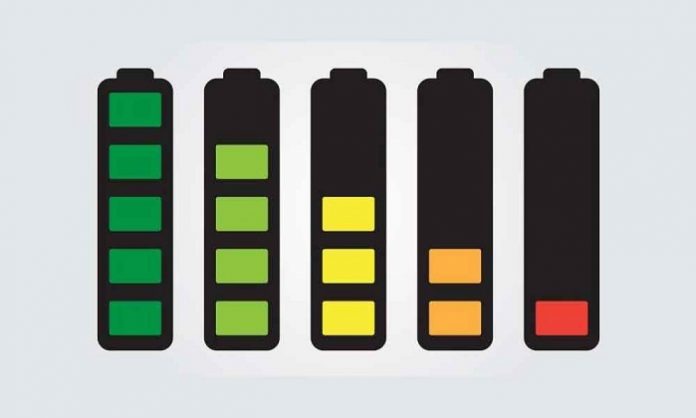The promotion of electric cars has dramatically increased the demand for lithium-ion batteries. However, cobalt and nickel, the main cathode materials for the batteries, are not abundant. If the consumption continues, it will inevitably elevate the costs in the long run, so scientists have been actively developing alternative materials.
A joint research team co-led by a scientist has developed a much more stable, manganese-based cathode material. The new material has a higher capacity and is more durable than the existing cobalt and nickel cathode materials—90% of capacity is retained even when the number of charging-recharging cycles doubled. Their findings shed light on developing low-cost and high-efficiency manganese-based cathode materials for lithium-ion batteries.
Technology bottleneck of manganese-based cathode materials: low capacity retention
Lithium-ion batteries are now widely used in cell phones and electric cars. Most of the cathode materials contain cobalt and nickel, which are both not abundant and create pollution to the environment in the exploitation process. Therefore, scientists are searching for alternative cathode materials, for example, manganese (Mn).
Among the leading manganese-based candidates, LiMnO2 is cost-effective, more environmentally friendly with a larger theoretical capacity. However, it suffers from poor stability during the charging-recharging cycle. Breaking of grains, rapid structural degradation, and serious dissolution of manganese may happen. Severe capacity decay upon cycling is resulted and therefore shortens its durability, hindering the application of LiMnO2 in commercialized lithium-ion batteries.
Jahn-Teller distortion needs to be suppressed
An expert in developing cathode materials for lithium-ion batteries, pointed out that the structural instability of manganese-based materials is mainly caused by the Jahn-Teller distortion in their atomic structure. Upon discharging, the Mn-O bond in LiMnO2 will be elongated, which is called Jahn-Teller distortion. Since there is a long-range collinear orbital ordering of the electron orbits of the Mn3+ ions without disturbance, a strong cooperative Jahn–Teller distortion results. Their atomic structures are easily distorted.
Structural stability enhanced by interfacial engineering
The team prepared the spinel–layered (heterostructured) LiMnO2 via in situ electrochemical conversion from spinel Mn3O4 nanowall arrays. It is found that the electron orbits are oriented almost perpendicular to each other between the spinel and layered boundaries, resulted in the interfacial orbital ordering. This has caused a disturbance of the long-range collinear orbital ordering, therefore Jahn–Teller distortion is suppressed.
Their experiment results showed that Jahn–Teller distortion was effectively suppressed with this heterostructure design. The degrees of distortion of the layered and spinel phase were only 2.5% and 5.5% respectively, while layered LiMnO2 and spinel LiMnO2 showed much greater degrees of distortion of 18% and 16% respectively.
This implies that the heterostructured LiMnO2 exhibited much higher structural stability. The team also found that the volume changes from the spinel and layered phases counteract each other, leading to a minimum total volume change for the material. As a result, the material exhibited superior structural stability.
Long cycle life
The capacity of the LiCoO2 cathode material currently applied in electronic products like smartphones is about 165mAh/g, while our LiMnO2 cathode material has already achieved a capacity as high as 254.3 mAh g−1, which is much higher. It is difficult for commercial LiCoO2 to maintain 90% capacity even at 1,000 cycles. And their material has achieved a high capacity retention of 90.4% after 2,000 cycles, demonstrating a long cycle life.
They are the first team to deploy interfacial orbital ordering to suppress the Jahn–Teller distortion. This novel method facilitated the development of sustainable Mn-rich cathode materials, in the hope of applying them in sustainable and commercialized energy storage devices.








